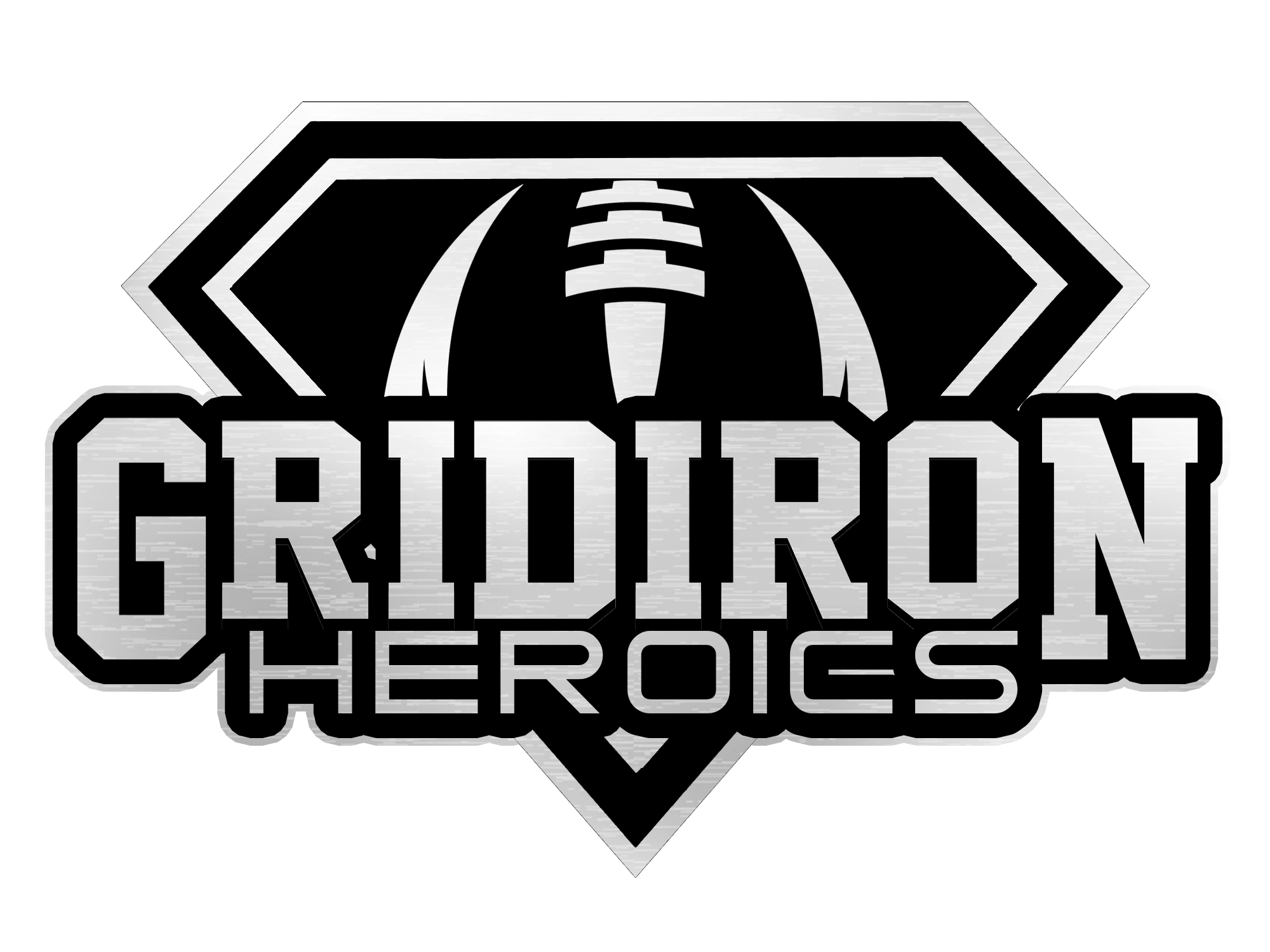The Cotton Bowl Classic stands as one of the most prestigious and historic bowl games in college football. With roots dating back to the 1930s, this annual event has become a cornerstone of the sport’s postseason landscape, evolving alongside the changing face of collegiate athletics.
History and Origins
The Cotton Bowl was conceived in 1937 by Texas oil tycoon and real estate developer J. Curtis Sanford. Financing the inaugural game out of his own pocket, Sanford laid the foundation for what would become a cherished football tradition. The first Cotton Bowl took place on January 1, 1937, featuring TCU against Marquette. TCU emerged victorious with a score of 16-6, in front of a modest crowd of about 17,000 fans.
Despite initial financial losses, Sanford’s vision persevered. The following year, Rice defeated Colorado 28-14 before 37,000 spectators, marking the bowl’s first profitable outing. This success set the stage for the Cotton Bowl’s growth and prominence in the years to come.
Historical Significance
Throughout its history, the Cotton Bowl has been more than just a football game. It has played a significant role in breaking racial barriers in sports. In 1948, the game featured its first interracial matchup between SMU and Penn State. This milestone event occurred at a time when racial tensions were high, and it represented a step forward in the integration of college football.
Another notable moment came in 1961 when Ernie Davis, who would later become the first African-American Heisman Trophy winner, led Syracuse to victory against Texas. Davis’s performance, which included running for a touchdown, catching a record 87-yard touchdown pass, and intercepting a pass, not only secured the national championship for Syracuse but also showcased the talent of African-American athletes on a national stage.
Venue Evolution
The Cotton Bowl has called several stadiums home throughout its history:
- Cotton Bowl Stadium (1937-2009): Located at Fair Park in Dallas, this venue hosted the game for over seven decades.
- AT&T Stadium (2010-present): In 2010, the game moved to the state-of-the-art AT&T Stadium in Arlington, Texas, home of the Dallas Cowboys.
This move to a modern facility enhanced the fan experience and allowed for larger crowds, further cementing the Cotton Bowl’s status as a premier bowl game.
Sponsorship and Branding
Like many major sporting events, the Cotton Bowl has benefited from corporate sponsorship:
- Mobil Cotton Bowl Classic (1989-1995)
- Southwestern Bell Cotton Bowl Classic (1996)
- Nortel Cotton Bowl Classic (1997-1999)
- SBC Communications Cotton Bowl Classic (2000-2005)
- AT&T Cotton Bowl Classic (2006-2014)
- Goodyear Cotton Bowl Classic (2014-present)
These sponsorships have played a crucial role in the bowl’s financial stability and growth, allowing it to maintain its status as one of college football’s premier events.
Conference Affiliations
The Cotton Bowl has had various conference tie-ins throughout its history. For many years, it featured the Southwest Conference (SWC) champion. After the dissolution of the SWC in 1996, the game typically matched a team from the Big 12 Conference against an SEC opponent. Today, as part of the College Football Playoff rotation, the Cotton Bowl features top-ranked teams from across the nation.
Modern Era and College Football Playoff
In 2014, the Cotton Bowl entered a new era as it became part of the College Football Playoff (CFP) system. It now rotates with five other bowls (Rose, Sugar, Orange, Fiesta, and Peach) to host national semifinal games every three years. This inclusion has further elevated the Cotton Bowl’s prestige and national importance.
Memorable Moments
The Cotton Bowl has been the stage for numerous unforgettable moments in college football history:
- 1954: In one of the most unusual plays ever, Dickey Maegle of Rice was awarded a touchdown after being tackled by an Alabama player who came off the bench.
- 1979: Notre Dame’s Joe Montana led a comeback victory against Houston in the “Chicken Soup Game.”
- 2015: Michigan State completed the largest comeback in Cotton Bowl history, overcoming a 20-point deficit to defeat Baylor.
Ticket Information
Securing tickets for the Cotton Bowl can be competitive, especially in years when it hosts a CFP semifinal. Fans can typically purchase tickets through several channels:
- Official Cotton Bowl website
- Participating schools’ ticket offices
- Secondary market platforms (e.g., StubHub, SeatGeek)
Ticket prices vary widely based on factors such as seat location, matchup popularity, and whether the game is a CFP semifinal. In recent years, prices have ranged from around $150 for upper-level seats to over $1,000 for premium locations.
Economic Impact
The Cotton Bowl has a significant economic impact on the Dallas-Fort Worth metroplex. Each year, the game attracts thousands of visitors, boosting local businesses such as hotels, restaurants, and retail stores. The move to AT&T Stadium in Arlington has further amplified this effect, as the larger venue can accommodate more out-of-town visitors.
Future Outlook
As college football continues to evolve, the Cotton Bowl remains a constant fixture in the sport’s landscape. Its inclusion in the College Football Playoff rotation ensures its relevance and prestige for years to come. The game continues to adapt to changes in the sport while maintaining its rich traditions and commitment to showcasing the best of college football.
The Cotton Bowl Classic represents more than just a game; it’s a celebration of college football’s history, tradition, and future. From its humble beginnings during the Great Depression to its current status as a key part of the College Football Playoff, the Cotton Bowl continues to captivate fans and players alike. As it approaches nearly nine decades of existence, the Cotton Bowl stands as a testament to the enduring appeal of college football and its ability to bring people together in the spirit of competition and sportsmanship.
Our Partners



